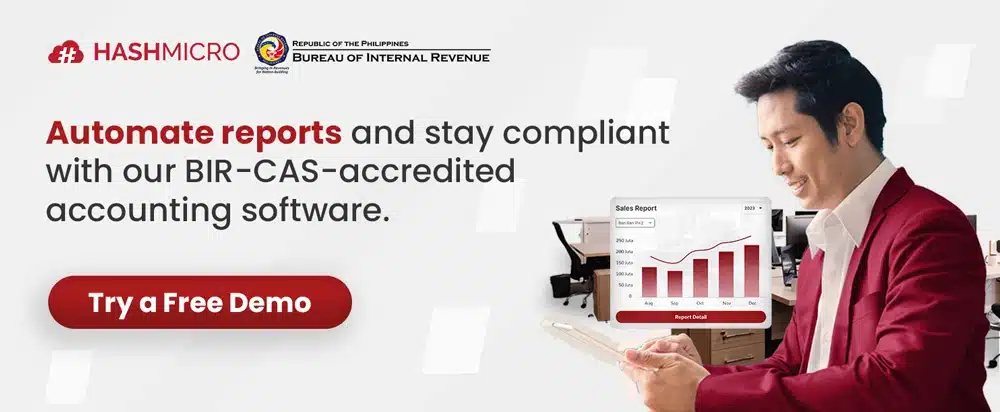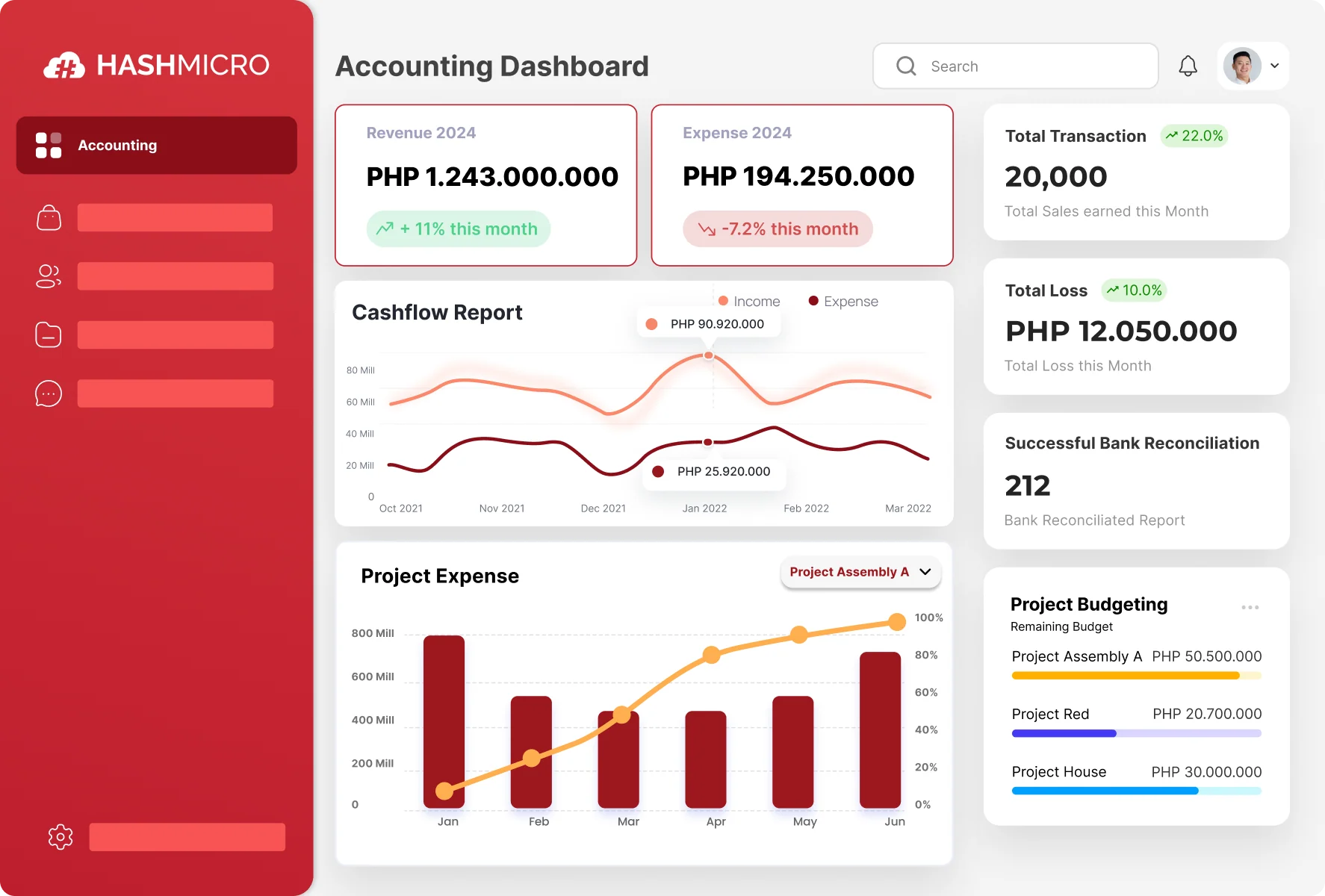Are you concerned about hidden costs that might be dragging your business down? Understanding overhead expenses is crucial for any company looking to thrive.
These can include various expenses, from administrative costs to employee perks. Familiarising yourself with overhead cost examples—gaya ng mga corporate cars o gym membership—can help you identify areas that may be inflating your budget.
To effectively manage your finances, it’s essential to grasp the overhead cost formula. This understanding enables you to make informed decisions that align your resources with your business goals.
What are overhead costs, and how do they impact your bottom line? Understanding the meaning of overhead costs is essential for any business, as these expenses can significantly affect profitability.
Tuklasin natin ang kanilang kahulugan at implikasyon!
Table of Contents
Key Takeaways
|
Understanding Overhead Costs
What is overhead costs? Overhead costs are expenditures a business faces that aren’t directly associated with manufacturing products or delivering services.
For instance, materials like clay and potting wheels are not classified as overhead costs, as they are directly involved in production.
In brief, overhead costs are vital for a business’s functioning, but they do not directly affect the creation of products or the provision of services.
Grasping these costs is important for effectively managing a company’s financials.
Types of Overhead Cost
Overhead costs can be categorised into three types: fixed, variable, and semi-variable. Each type varies based on the company’s activities and how they impact expenses.
1. Fixed
Fixed overhead costs remain constant regardless of the level of business activity over time. Common examples include rent, insurance, salaries of office staff, and licensing fees.
2. Variable
Variable costing fluctuates with the level of company activity. When business operations are high, these costs increase; when activity slows down, these expenses can decrease significantly or even disappear.
Examples include shipping costs, office supplies, marketing expenses, and maintenance fees.
3. Semi-Variable
Semi-variable overhead costs have characteristics of both fixed and variable expenses. While a portion of the cost remains constant, another part may vary based on business activity.
For instance, sales commissions and utility bills with a base fee plus charges based on usage fall into this category.
Examples of Overhead Cost
The prices a business sets for its goods or services to make a profit are influenced by its overhead expenses. Here are some common examples of overhead costs:
1. Rent
Rent is the fee a company pays for its commercial space. Depending on the lease agreement, rent is typically due monthly, quarterly, or annually.
To manage this expense, companies can negotiate lower fees or consider relocating to a more affordable space, especially if sales decline.
2. Administrative costs
Administrative costs encompass salaries for staff such as receptionists, accountants, and cleaners, along with other expenses related to daily operations.
Since these expenses are not directly linked to production or profit, they are classified as overhead. Examples of administrative costs include audit and legal fees, employee wages, and office supplies.
To reduce these expenses, companies might hire part-time staff or cut back on discretionary spending.
3. Utilities
Utilities are essential services needed for daily operations, including water, gas, electricity, internet, and phone services. Businesses can lower utility costs by finding better rates from suppliers.
4. Insurance
Insurance protects a business from financial loss. Various types of coverage exist based on the company’s needs, such as property insurance and professional liability insurance for malpractice.
5. Marketing and sales
Overhead costs in this category arise when a business promotes its products or services. This includes expenses for advertising materials, trade shows, commercials, and salaries or commissions for sales staff.
6. Maintenance and repairs
Overhead Costs and Their Impact on Your Business
Regardless of how much a company sells, consistently managing overhead costs is essential.
For example, a service-based business operating from an office incurs overhead expenses in addition to direct costs like personnel and materials.
These overhead costs include necessary expenses such as rent, utilities, and insurance, all of which are vital for maintaining operations.
To determine net income, a company reduces its total revenue—often referred to as the top line—by all production-related and overhead expenses.
This thorough accounting provides a clear understanding of financial performance, enabling better decision-making and strategic planning for the company’s future.
Are you looking to optimize your overhead costs? We have some excellent suggestions for you! Explore our list of recommendation for accounting system software from Hashmicro Accounting Software.
Anong mga tampok at benepisyo ang maaari mong asahan? Huwag mag-atubiling makipag-ugnayan sa amin!
Manage Overhead Costs Effectively with HashMicro Accounting System
To address these issues, businesses should implement robust accounting systems and provide regular training for staff. By establishing explicit expense tracking and realistic budgeting practices, organizations can enhance financial oversight.
One effective solution for managing overhead costs is Hashmicro’s accounting software. This tool offers comprehensive expense tracking, allowing you to monitor spending in real time and identify areas for cost reduction.
Key Features
1. Bank Integration – Auto Reconciliation: This feature ensures that the balances recorded in the company’s internal bookkeeping match those reported by the bank.
2. Bank Integration—Auto Payment: This feature processes scheduled payments automatically, ensuring they are made on time without manual intervention.
3. Multi-Level Analytical: This tool provides real-time insights into financial transaction trends, allowing users to analyse data across various categories such as projects or branches.
4. Profit & Loss vs Budget & Forecast: This feature generates detailed reports that compare the actual profit/loss using figures with those projected in the budget.
5. Cash Flow reports track the company’s cash inflows and outflows to ensure sufficient liquidity.
6. Forecast Budget: This feature utilises historical data to predict future budget needs, aiding in comprehensive financial planning.
7. Budget S Curve: The Budget S Curve visually represents the distribution of expenditures across projects, making it easier to track spending patterns.
By choosing HashMicro’s accounting software, you can effectively manage overhead costs with precise tracking and comprehensive analysis tools. Our advanced features streamline your financial processes, allowing you to identify and reduce unnecessary expenses.

Conclusion
Understanding overhead costs is essential for any business aiming to enhance its financial health. By identifying and categorising these expenses—such as rent, utilities, and administrative costs—businesses can pinpoint areas where savings can be made, ultimately improving profitability and operational efficiency.
To effectively manage overhead costs, businesses should consider utilising accounting software like HashMicro’s Accounting System. This platform enables precise expense tracking, allowing for real-time insights and better budgeting.
Looking to lower your overhead costs? Discover how HashMicro’s accounting software can streamline your processes, boost efficiency, and maximize savings. Simulan ang pagbabawas ng iyong mga gastos ngayon—makipag-ugnayan sa amin para sa libreng demo!


























